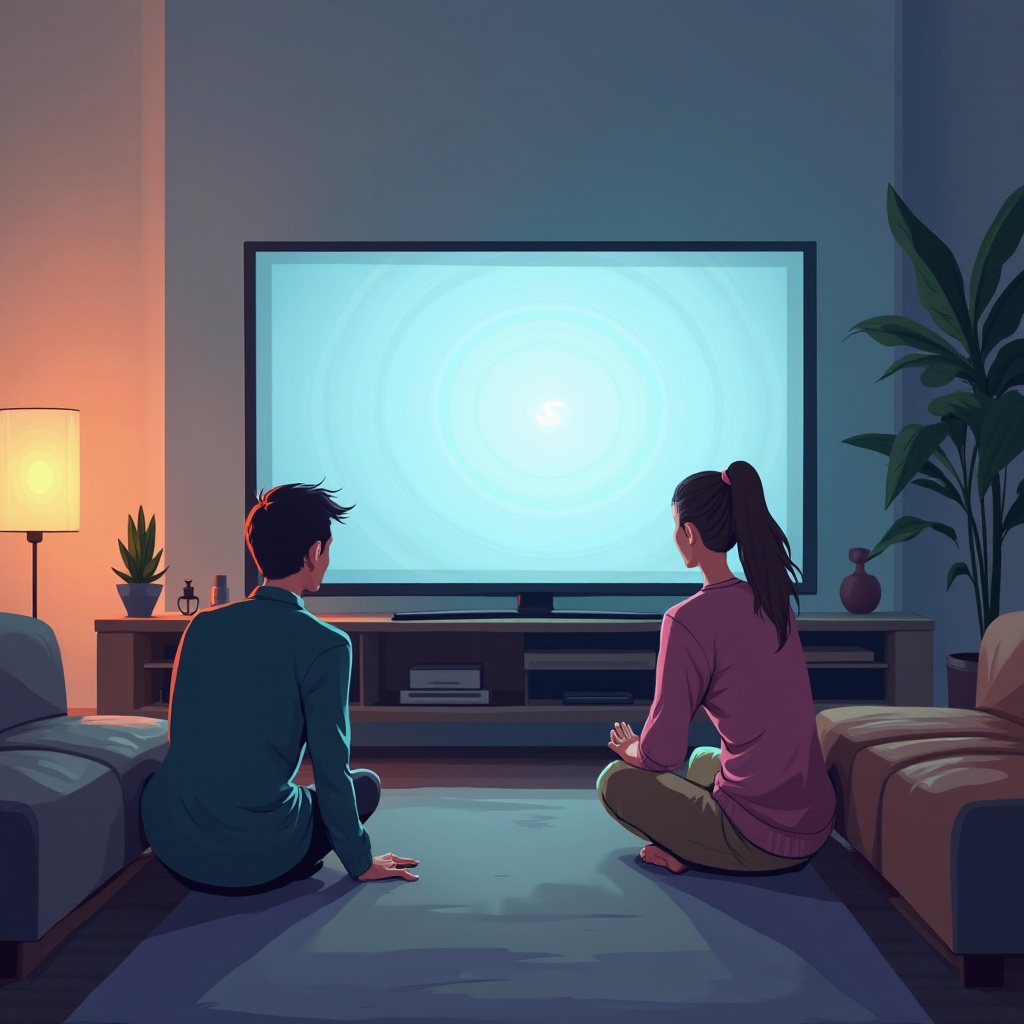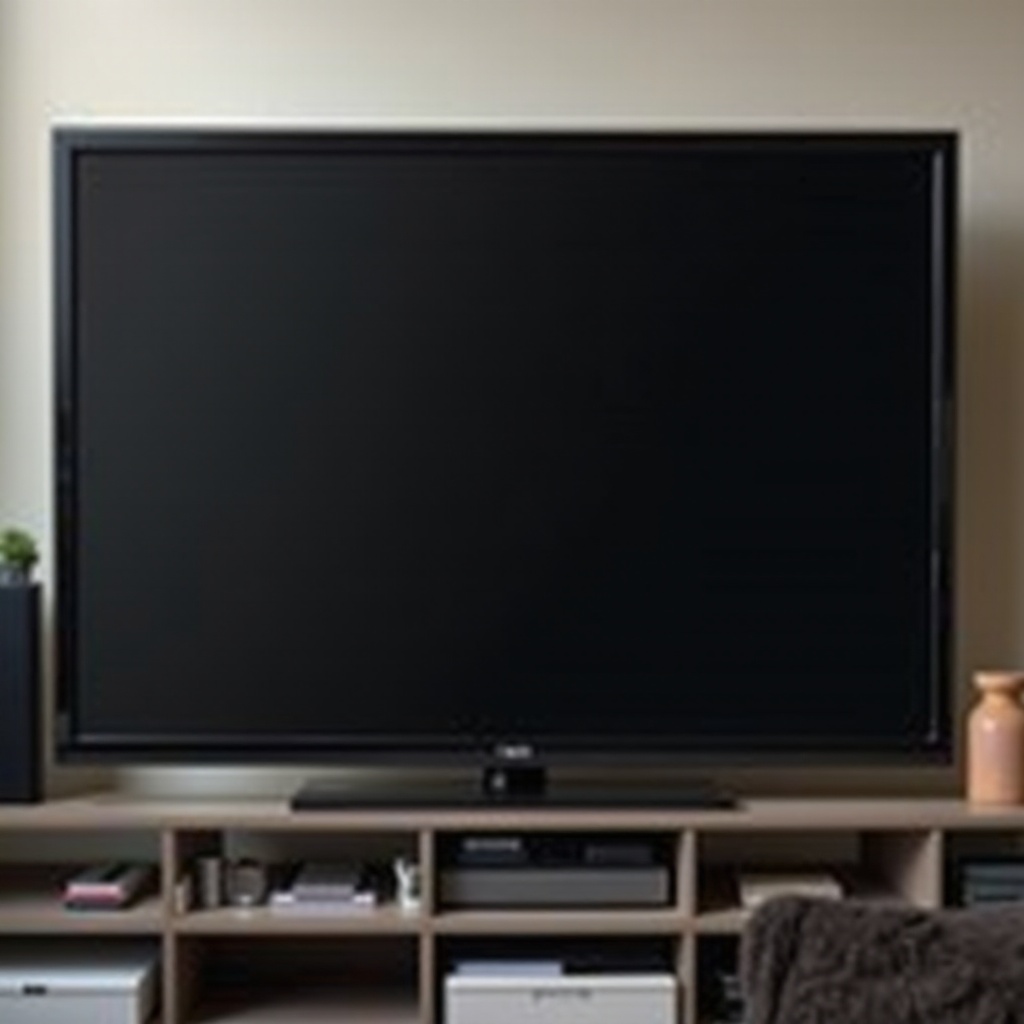Experiencing issues with your Xbox One controller not turning on can put a damper on your gaming plans. Even when it’s plugged in, your controller might still refuse to power on, interrupting your gaming experience. The good news is that these problems typically have straightforward solutions. This comprehensive guide will walk you through understanding potential reasons behind this issue and the steps needed to fix it efficiently.
Common Reasons for Xbox One Controller Power Issues
Understanding why your Xbox One controller isn’t turning on when plugged in is the first step toward solving the issue. Various factors could contribute to this problem.
Battery and Charging Cable Problems
- Unexpected battery discharges or failures of the rechargeable battery pack are common culprits. Likewise, a frayed or damaged charging cable might not supply the needed power to the controller, halting it from powering on.
USB Port Defects
- In some cases, the USB port may be at fault. Ports that are loose, dusty, or impaired might not establish a reliable connection between your controller and the power source or console.
Firmware Glitches
- Sometimes, glitches in the firmware of the controller or console can lead to starting issues. These might prevent the controller from turning on or maintaining functionality when connected.
Understanding these causes helps set the stage for appropriate troubleshooting. Let’s move on to some initial steps to get your controller functional again.
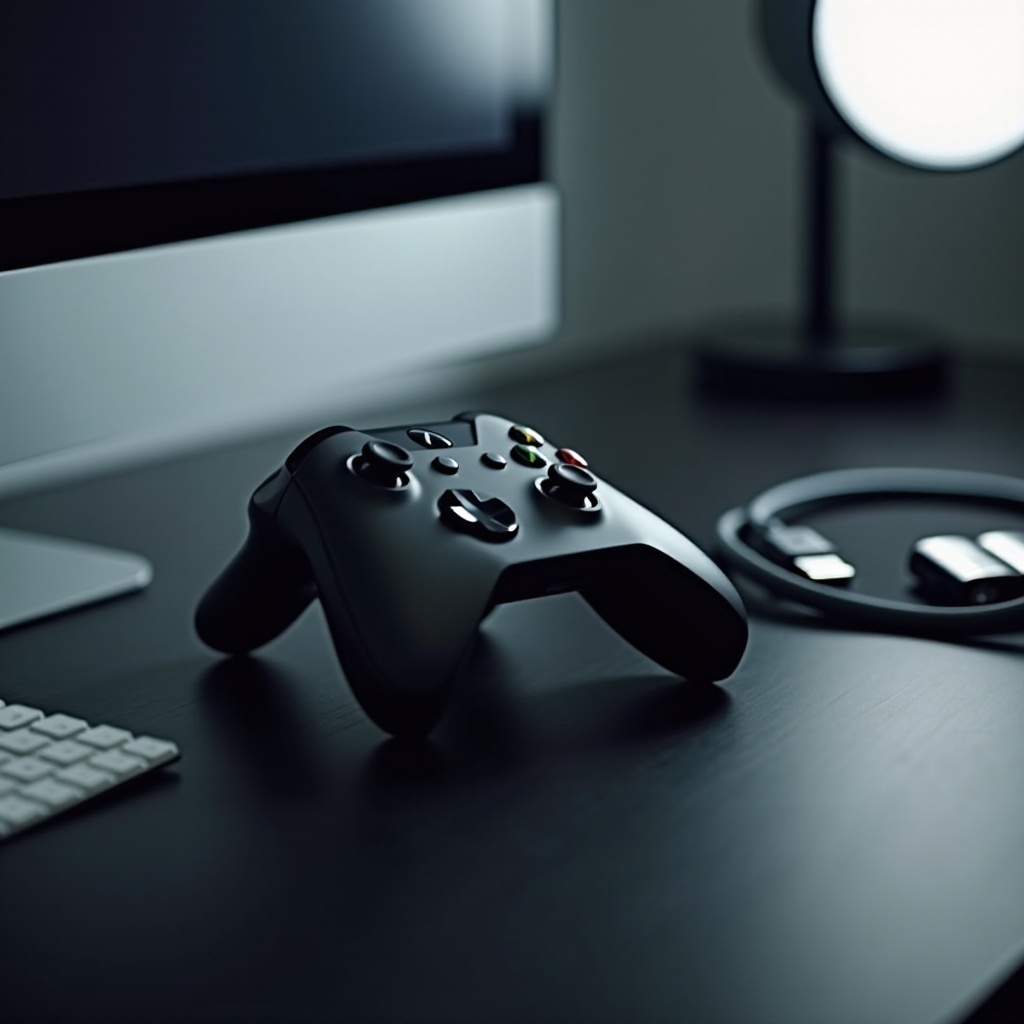
Initial Troubleshooting Steps
Begin your troubleshooting with these foundational steps to restore your controller’s functionality.
Inspecting Battery Health
- Remove and inspect the batteries, ensuring the compartment is clean. Replace with fresh AA batteries to test if the issue continues. If using a rechargeable pack, assess its condition and replace if found faulty.
Testing Different Charging Cables and Ports
- Try connecting the controller with another known working USB cable.
- Utilize alternative USB ports, either on your Xbox console or a different device, to see if the controller powers on.
- If it does work with these alternatives, the issue likely lies with faulty cables or connectors.
These basic steps resolve most problems, but if issues persist, consider delving into more advanced solutions.
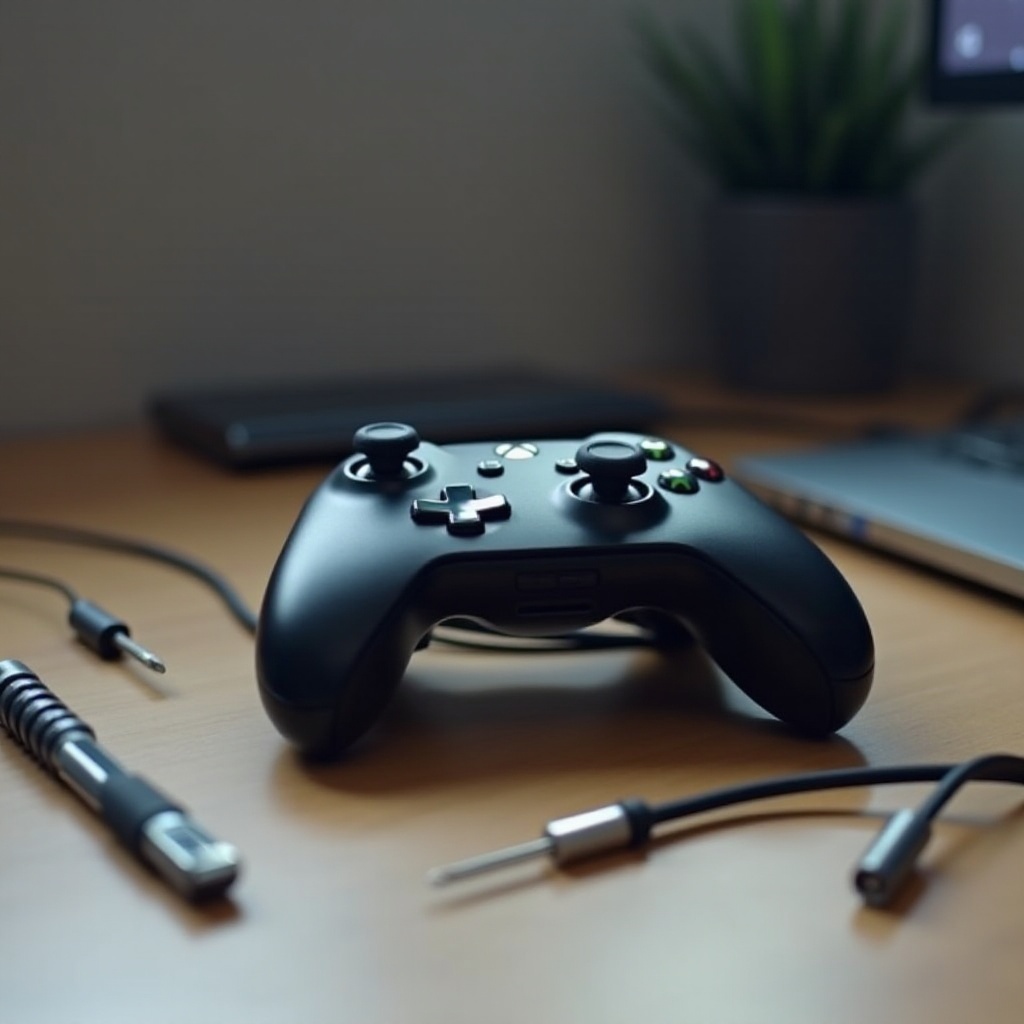
Advanced Solutions for Persistent Issues
Should the basic troubleshooting steps fall short, the following advanced methods may provide relief.
Updating Controller Firmware
- Connect the controller to the Xbox using a USB cable.
- Navigate to console settings, then ‘Devices and Accessories,’ and follow the instructions to update your controller’s firmware. An update often resolves firmware-related bugs causing power issues.
Conducting a Console Firmware Update
- An outdated console can also lead to issues. Check for system updates under ‘Settings.’ Access ‘System’ followed by ‘Updates & Downloads’ and apply any available updates. Updating often resolves known bugs affecting controller usability.
If after these you’re still encountering issues, it could be due to connectivity or synchronization problems.
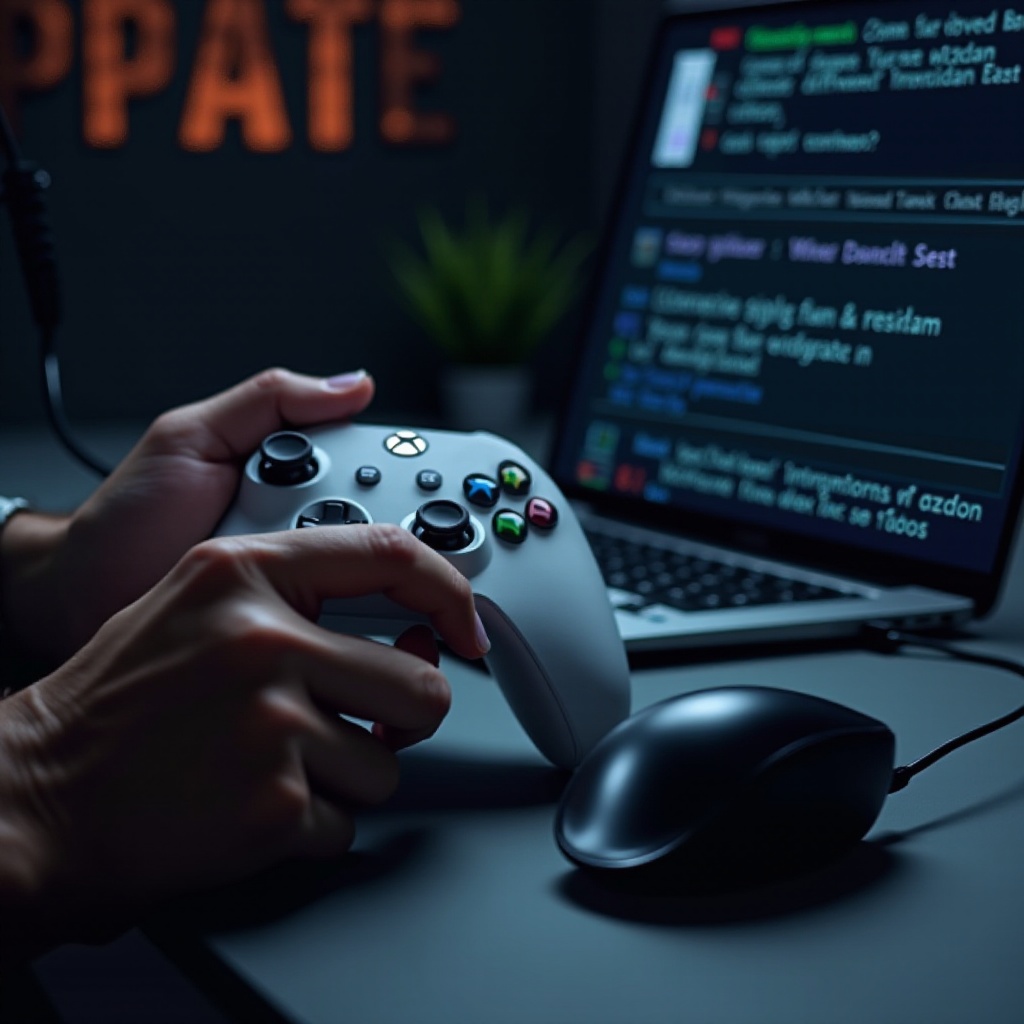
Exploring Connectivity and Sync Problems
Issues with connectivity or synchronization can sometimes prevent your controller from turning on. Addressing these can restore functionality.
Re-syncing the Controller
- Hold the sync button on your controller and Xbox console at the same time to re-establish a connection.
- Allow time for a stable connection to form. This can resolve issues with seemingly disconnected devices.
Using the Xbox Accessories App for Diagnostics
- The Xbox Accessories app, available on your console or PC, offers diagnostic tools that can help identify and resolve issues with your controller.
If none of these methods work, it may be time to consider professional repair options.
When to Consult Professional Repair Services
Certain hardware issues require expertise beyond DIY fixes.
Recognizing Hardware Damage Signs
- Inspect your controller for visible damage like cracks or broken connectors. Should these be present, it’s advisable not to attempt repairs yourself. Instead, seek professional assistance.
Contacting Microsoft Support or Authorized Repair Centers
- For persistent or hardware-related problems, reaching out to Microsoft Support or visiting an authorized repair center might be necessary. Their expertise will guide the correct fix beyond what can be done at home.
In maintaining performance and reliability, proactive care plays a crucial role.
Maintenance Tips to Avoid Future Problems
Long-lasting performance often hinges on good habits.
Regular Firmware Updates
- Keep your controller and console’s software current. Regular updates preemptively limit issues from glitches.
Proper Storage and Handling Practices
- Store your controller in a cool, dry place. Be mindful to avoid drops or undue exposure to drastic temperature shifts, which can damage internal parts.
Conclusion
In conclusion, several factors may cause your Xbox One controller not to turn on, even when plugged in. We explored primary reasons, including battery and cable issues, offering a variety of troubleshooting methods from basic to advanced. Don’t hesitate to reach out for professional help when needed. With regular maintenance and care, you’ll extend the life of your controller and ensure your gaming sessions continue without a hitch.
Frequently Asked Questions
Why won’t my Xbox One controller turn on even with new batteries?
It’s possible the issue isn’t the batteries but the connection points. Check for corrosion in the battery compartment.
Can a faulty USB cable cause my controller to not turn on?
Yes, a defective cable can prevent the controller from receiving power, rendering it unable to turn on.
How do I know if my Xbox One controller needs replacing?
If persistent issues persist despite troubleshooting and repairs, or if it’s visibly damaged, consider replacement.

